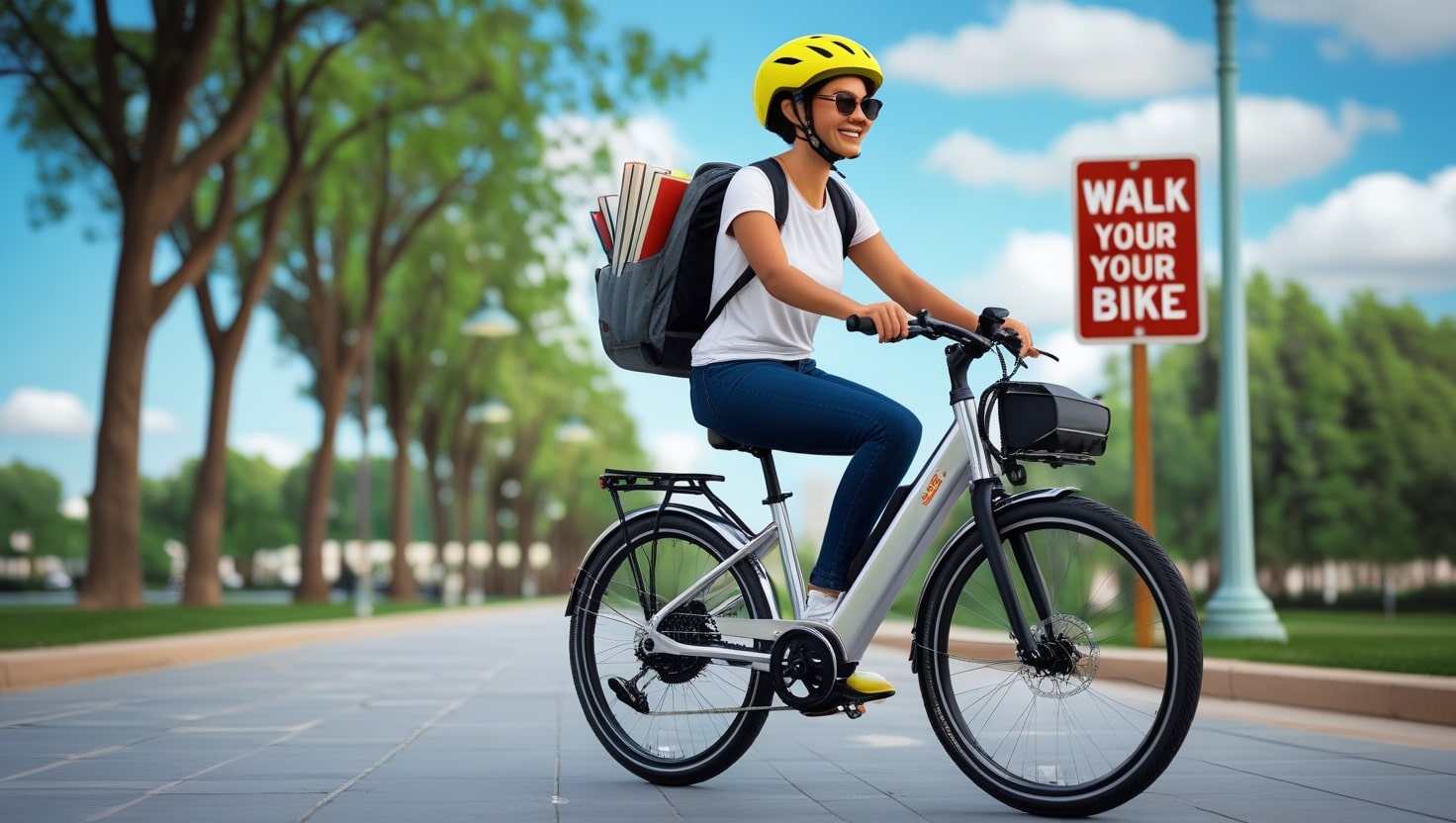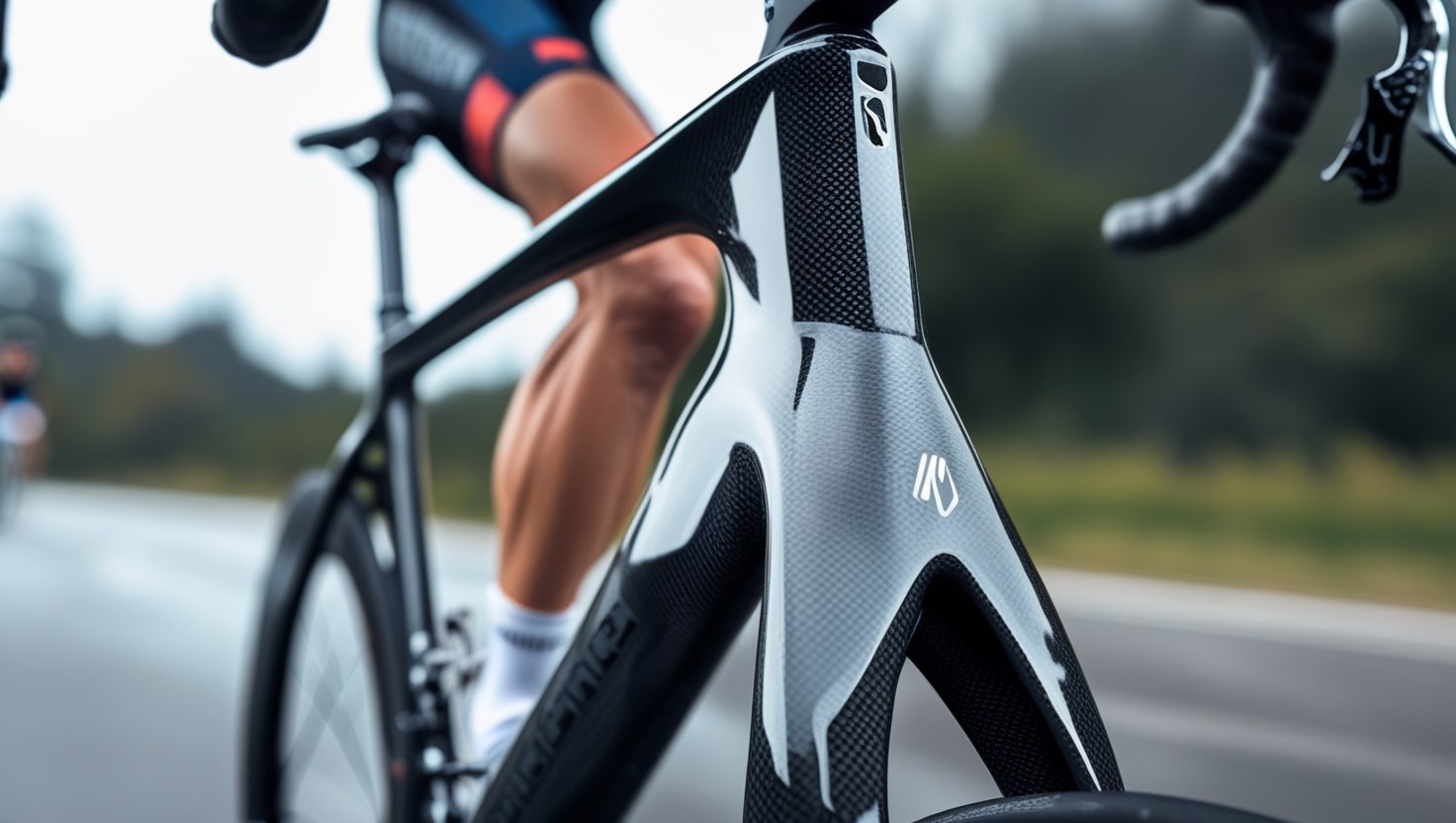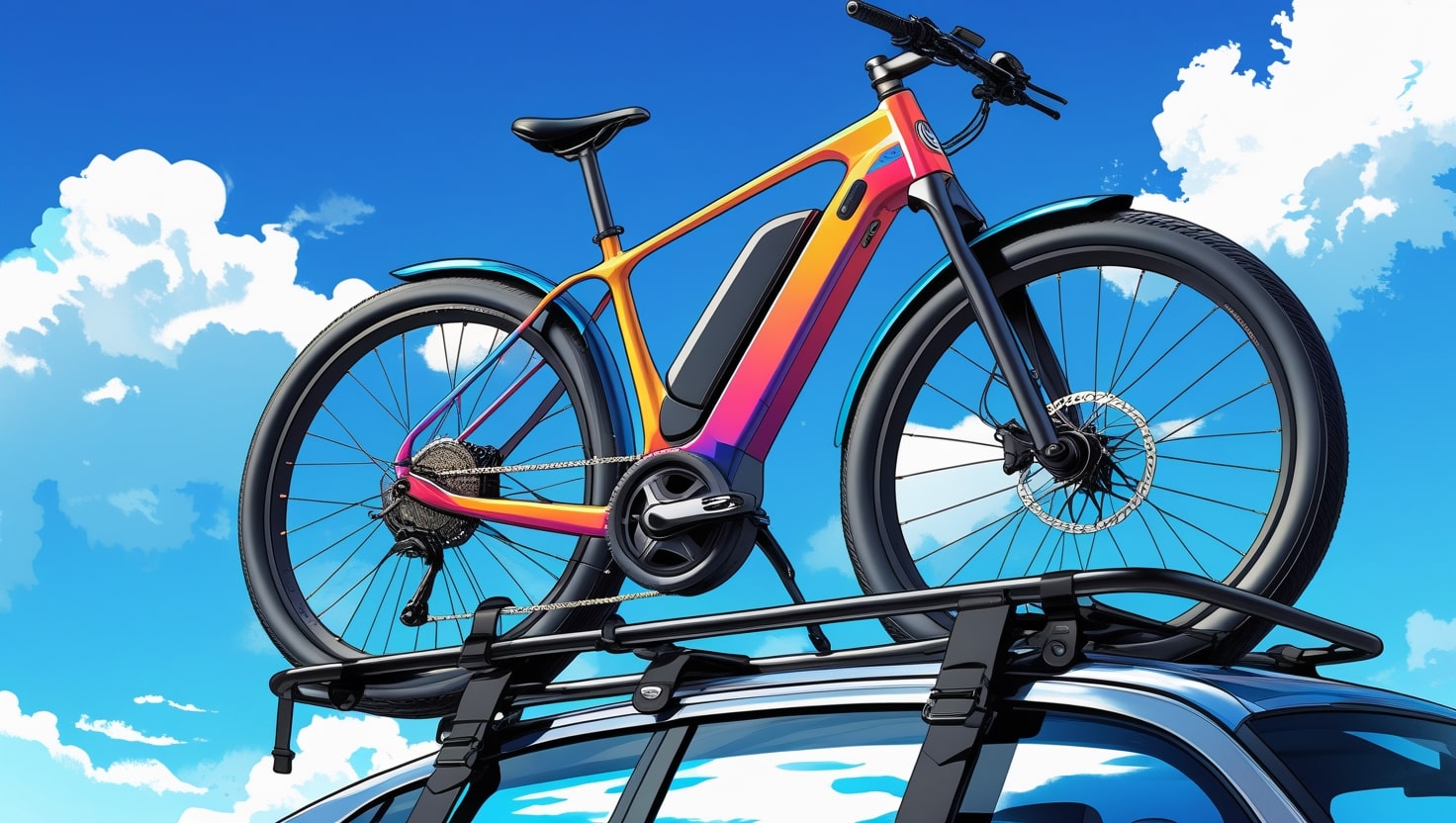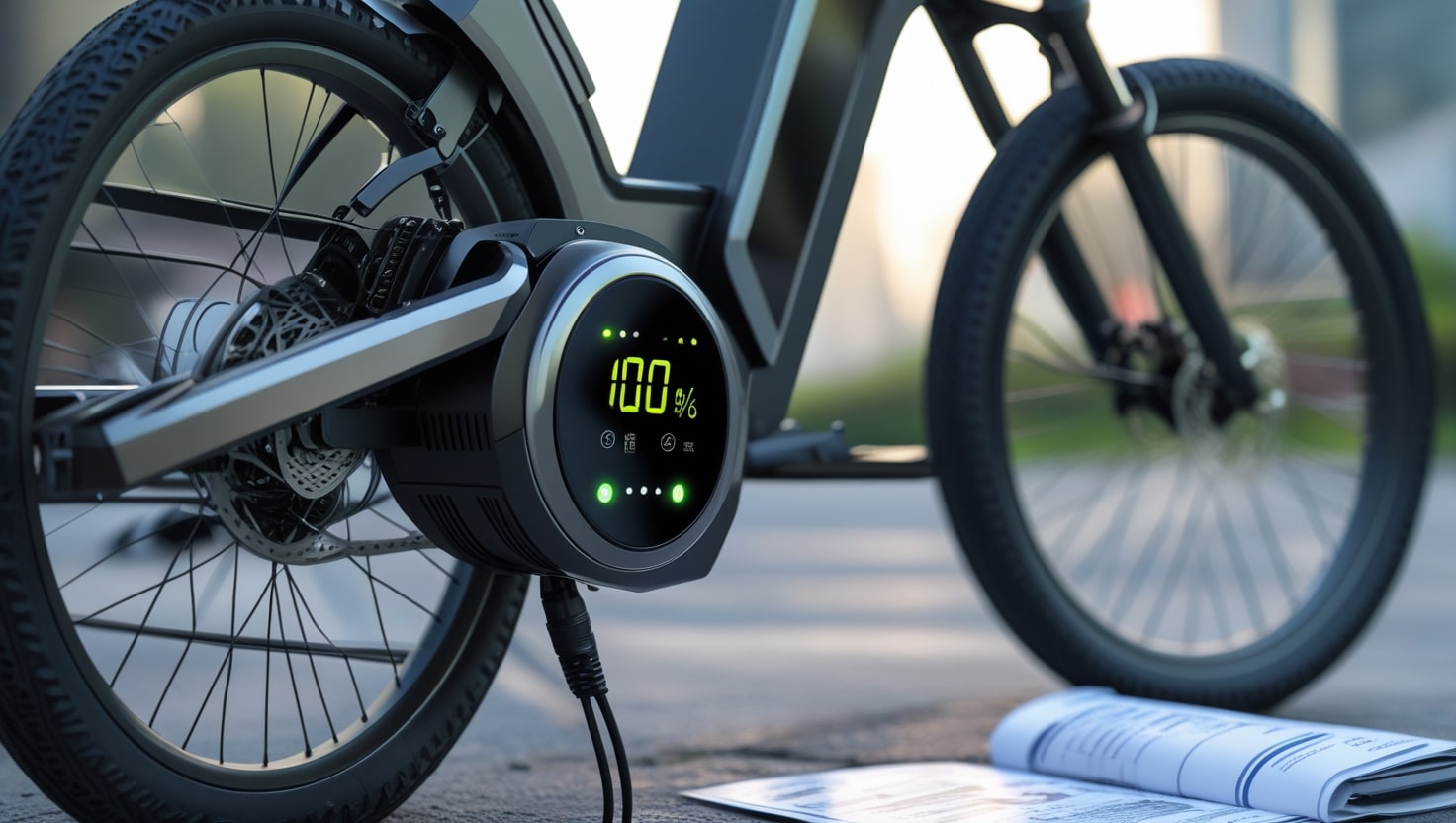If your stock seat on your bike is leaving you feeling uncomfortable after long rides, it might be time to consider replacing it. Many bike stores offer a variety of after-market saddles that provide additional support to prevent you from getting sore. how to replace bike seat is a simple process that you can easily install within just a few minutes. There are different styles and shapes of saddles to choose from, and they all clamp securely to the seat post using hex bolts.To ensure a comfortable and effective riding experience, set the new saddle correctly on your bike after it has been mounted to the frame. This will help you keep the right form when riding.
Related: What is a headset on a bike?
1. Preliminary Info
When you hear the term bicycle seat, it’s often referring to a saddle. These saddles are typically manufactured using a molding process and are covered with different materials like leather or synthetic options. Simpler saddles made of plastic or formed leather without padding are also available, however some have cushioning underneath the cover for increased comfort. One key feature of most saddles is that they have rails that connect to the seatpost, and the diameter of these rails is usually 7 mm. They are also spaced 42 mm apart from center to center, which is standard for most bikes.
There can be exceptions or irregularities in the design if the saddle in front of you doesn’t fit this description. This could mean you’re dealing with a different type of saddle, but don’t worry — understanding these dimensions will help you find a suitable replacement.
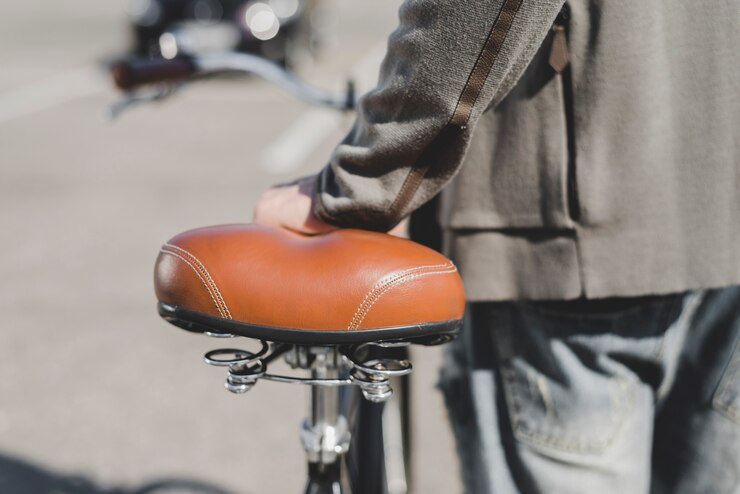
What Tools do I need?
To replace your bike seat, you’ll need a few essential tools. Make sure to have hex wrenches or metric wrenches on hand to remove the old seat and attach the new one. A tape measure will help ensure your saddle is in the right position. You’ll also want some grease or other appropriate thread prep to make sure everything stays secure and moves smoothly.
Seatposts
When you’re replacing a bike seat, the seatposts play a major role in securing the saddle. Most modern bikes feature a clamping system built directly into the post, allowing for various configurations. This setup typically enables easy adjustment of the saddle both front to back and with tilting adjustments up or down. However, older bikes or more affordable bikes might have a simpler system, using a non-integrated system. In this case, a clamping head fits over the narrowed section of the post, securing the saddle in place without the extra adjustments.
2. Saddle Removal
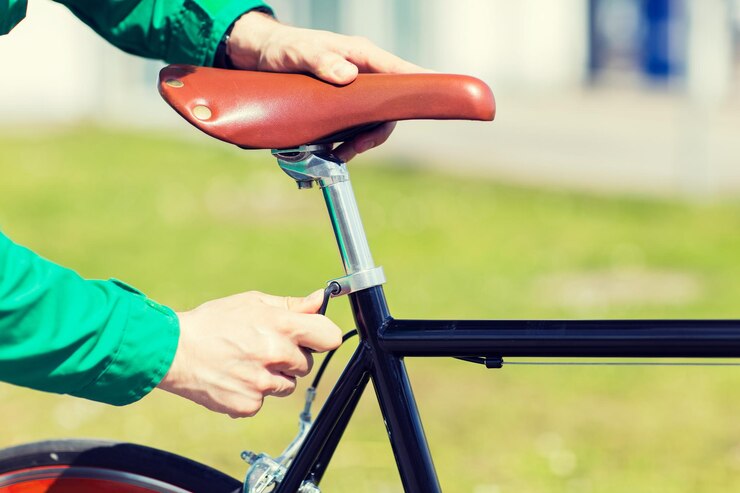
When you’re ready to replace your bike seat, it’s crucial to duplicate the saddle position of the original for a comfortable fit. Start by taking some measurements and noting them down in a notepad or notes app. Begin with the saddle height, using a reference point like the seatpost collar. This helps account for the stack, which refers to the distance from the rails to the top of the saddle. Then, measure the distance from the saddle nose to the center of the handlebar, ensuring you can adjust the fore-aft position (front to back) accurately. Lastly, check the angle of the saddle by using a protractor, bubble level, or even your cell phone to get the right tilt.
Once you’ve taken all the necessary measurements, you can begin the saddle removal. First, inspect the seatpost-to-saddle-rail connection to determine what needs to be loosened or removed. For future reference, snap a photo or make a note of the parts’ alignment if the clamp system appears unclear. Loosen the saddle rail mounting bolt or bolts to free the saddle from the clamping plates.
In some cases, the saddle rails might come out easily from the clamp, but if they don’t, you might need to dismantle the clamp system a bit more. After these steps, you should be able to remove the old saddle and proceed with installing your new one.
3. Installation
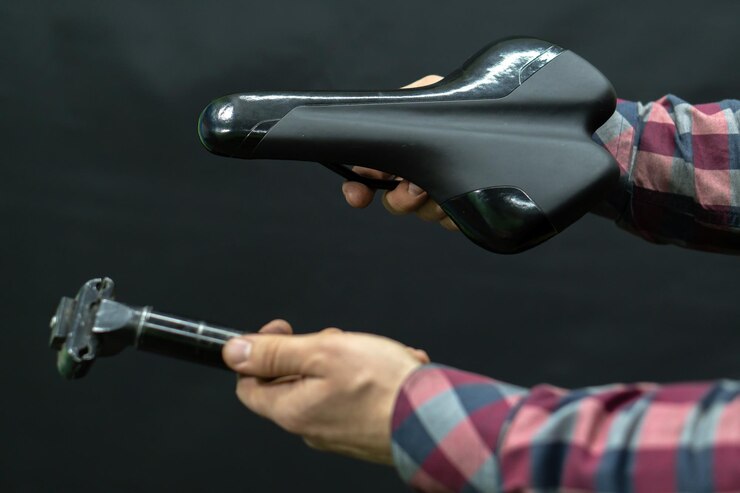
Make sure to clean all the parts and apply surface prep to the bolts and head before beginning to place the new saddle on the post. It’s a good idea to consult the seatpost manufacturer to find out if they recommend any specific grease or thread prep. Once you’re ready, place the saddle between the clamping plates of the post and thread in the mounting bolts, but don’t tighten them fully just yet.
Now it’s time to make the necessary adjustments. If you want, you can refer back to the measurements you recorded earlier and adjust the fore-aft position of the saddle. Be mindful that some saddle rails have fore-aft limits, so don’t move the saddle past these marks. Afterward, adjust the saddle angle to your preference. For many seatpost designs, you can adjust the angle while the mounting bolts are still loose. If you have a design with bolts in front and bolts in back, you might need to loosen the front bolts and tighten the back ones (or vice versa) to get the perfect tilt.
Once everything is in place, secure the mounting bolts to the recommended torque. If you’re working with non-integrated systems, which may not have specific manufacturer recommendations, a safe torque range is 15-20 Nm. Last but not least, execute a safety check by firmly grasping the saddle’s front and rear and tugging it up, down, and side to side. The saddle should remain secure. If it moves, realign it and re-secure the bolts.
4 Exceptions and Anomalies
Oval Saddle Rails
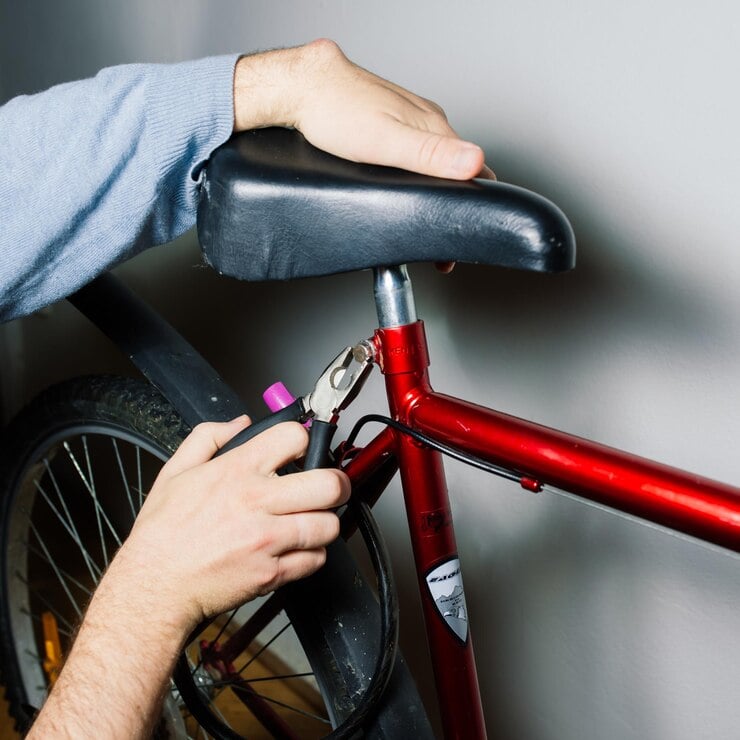
If you’re replacing your bike seat and have a saddle with oval rails, you may run into a few differences compared to the standard round rails. These saddle rails are often made of carbon fiber, which can be taller and come in sizes like 7 x 9 mm or 7 x 10 mm. Unlike the typical 7 mm round rail systems, these oval rails need a unique post to fit properly. It’s always a good idea to check with the manufacturer to make sure your carbon fiber rails are compliant with your seatpost, as not all seatposts are compatible with this unique rail shape.
Low-Profile Saddles

When using low-profile saddles, you might run into an issue with the clearance between the saddle rails and the molding. Not all low-profile saddles will be compatible with every seatpost, so it’s important to ensure that your saddle works with your current setup. If you’re having trouble, you may need to find a different seatpost design that won’t interfere with the particular design of your saddle.
Pivotal BMX Saddles
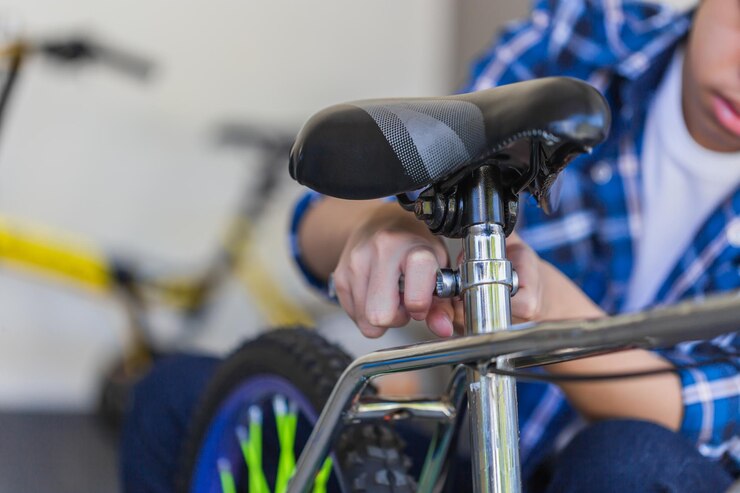
Pivotal BMX seats have a unique design that doesn’t use the typical rail system. Instead, they feature a convex fitting on the saddle, which allows for angle adjustment but doesn’t provide the option for fore-to-aft adjustment. The binder bolt, which fastens it to the post’s concave shape, is actually located inside the saddle. Through a hole in the saddle itself, you may reach the saddle bolt to modify or remove the saddle.
Flat Saddle Rails
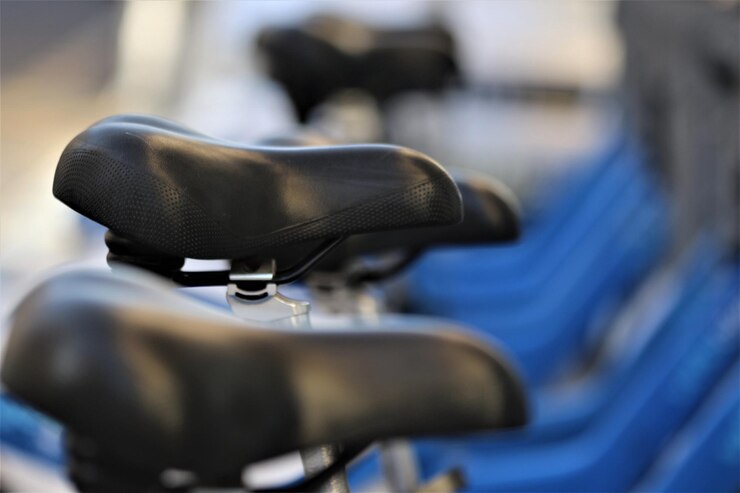
If you’re working with exercise bikes, inexpensive bikes, or older bikes, you may come across flat saddle rails. These types of rails require a compatible clamp to securely attach the saddle to the post. Be sure to check if the clamp fits properly before attempting to replace the seat, as using the wrong clamp could cause issues with the installation.
Other Exceptions
Some bicycle components come with unique, proprietary saddle designs that don’t follow the usual standard. If you encounter this, you may need to closely inspect your saddle rail clamp system to see how it’s attached. If you’re having trouble, it’s a good idea to reach out to the manufacturer for more detailed information about how to properly replace or adjust your seat.
Related: How to Remove Rust from Bike Chain


